Breaking Down Barriers: Middle Mile as a Keystone to Networking the Underserved
August 8 – 4:50 pm to 5:30 pm

 Today the internet is not only important for social interaction, online purchases, or entertainment but it is also a critical tool for virtual medicine, remote learning, and business. Fiber optic infrastructure, deployed at the access and transport layers is fundamental to access today’s and future internet applications that require high bandwidth and lower latency.
Today the internet is not only important for social interaction, online purchases, or entertainment but it is also a critical tool for virtual medicine, remote learning, and business. Fiber optic infrastructure, deployed at the access and transport layers is fundamental to access today’s and future internet applications that require high bandwidth and lower latency.
The demand for more bandwidth requires higher data rates across the entire network. Large data centers have been early adopters of 400Gbps ports since 2019 for data communication inside and between their facilities for distances of 500m, 2km, and 10km. 400G Optical transceivers are today relatively inexpensive in terms of $/ bit and are significantly better in power efficiency than previous generations.
New and disruptive optical technologies and architectures are evolving to provide alternative architectures for 400G metro deployment. Today the 400G ZR or ZR+ technology clearly can facilitate the deployment of metro networks that connect to the COs for urban areas providing gains in scale, savings, supply chain, simplicity and sustainability. An extension of 400G ZR to networks for rural broadband access networks can further these outcomes leveraging open networking and IP connectivity. However, an extension of 400G ZR to networks for rural broadband access networks requires deeper analysis.
Rural area population has less access to the Internet and typically its bandwidth is significantly slower than in urban areas. Fiber optics which can provide high bandwidth over longer reaches is still scarce in rural deployments, since the cost of passing fiber is significantly more expensive than in urban areas. Accelerating the deployment of broadband access requires a middle mile network to bridge the core network to the access network.
Service providers can plan for the implementation and evolution of their middle mile and backbone networks to ensure that as they evolve from existing 40G technologies to 400G and beyond, their infrastructure scales to support various speeds and architectures demanded by these networks.
The panelists will discuss:
– Importance for middle mile networks that reach everyone
– The building blocks to make a carrier neutral middle mile a reality
– New technologies and architecture options for 400G network deployment in the middle mile
– How service providers can plan for simplified integration of the middle mile network from the Internet Exchange point through regional huts to the central office.
Speakers

Javier Martin
Schneider Electric: Edge Telecommunications Solutions - Strategic Accounts
Leigh Wade
Cisco Mass-Scale Infrastructure Group (MIG): Technical Solution Architect



